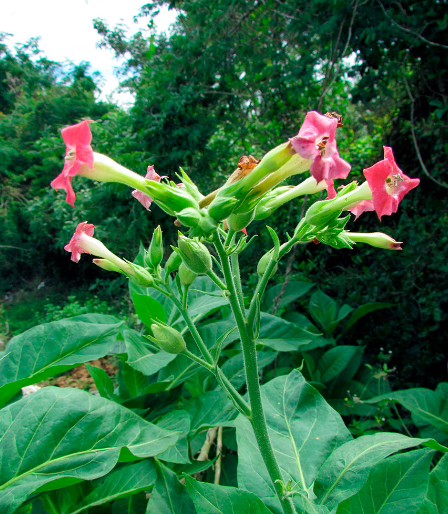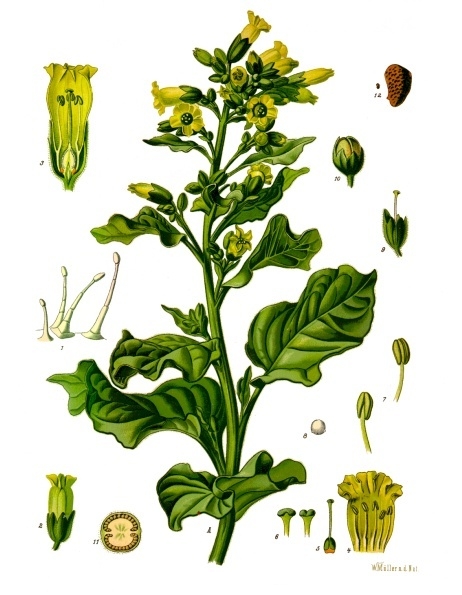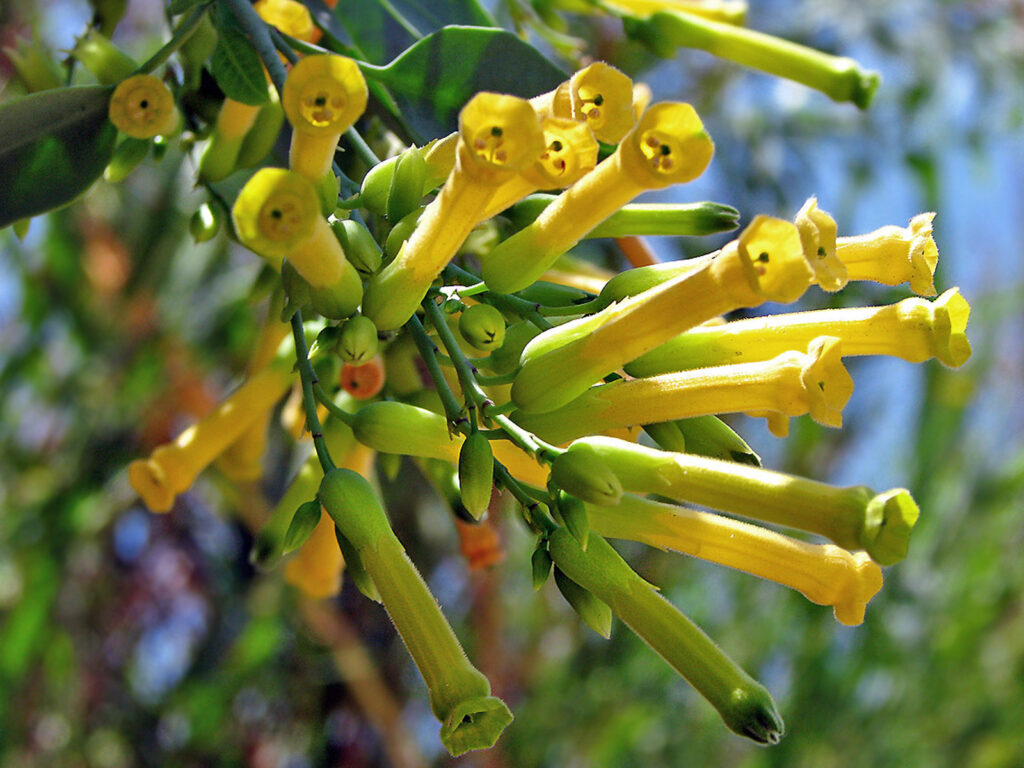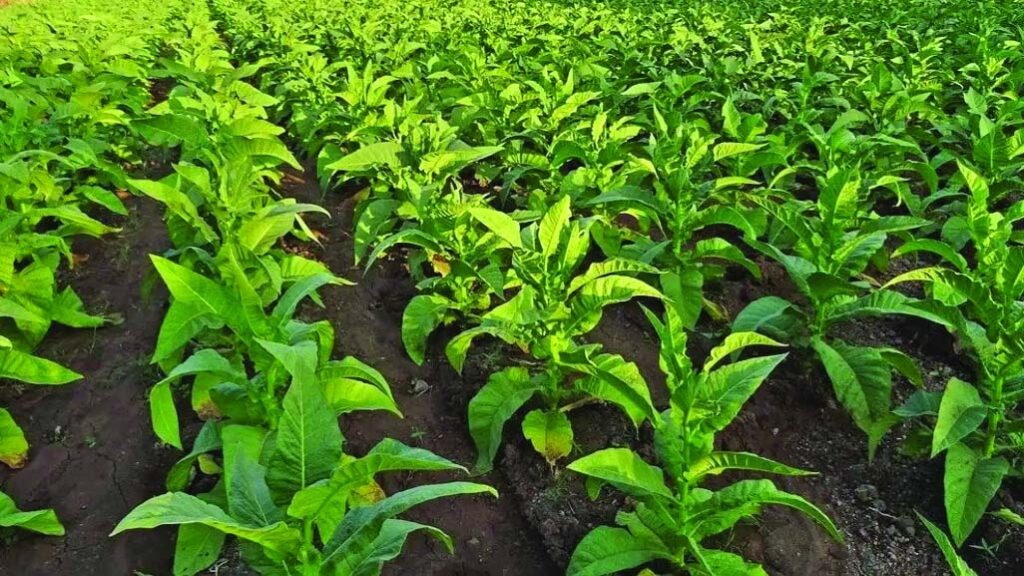Introduction
Tobacco, a plant of great historical and cultural significance, has a diverse range of species, each with its unique characteristics and uses. From the rolling hills of Virginia to the tobacco fields of Cuba, the cultivation of tobacco varies around the world. In this comprehensive exploration, we will delve into the different tobacco plants, their geographical distribution, historical significance, and the myriad of purposes they serve.
The Tobacco Family Tree
a. Nicotiana tabacum (Common Tobacco):
- Nicotiana tabacum, commonly known as Common Tobacco, is the quintessential tobacco plant and holds immense economic significance. It stands as the primary source of tobacco for most of the world’s production.
- Native to the Americas, specifically the region encompassing modern-day Mexico and South America, N. tabacum was among the first tobacco species cultivated by indigenous peoples over 2,000 years ago.
- Over centuries, this species has undergone selective breeding, resulting in various tobacco cultivars, each with distinct flavors, aromas, and characteristics.
- It is grown worldwide, with major producers including the United States, China, India, and Brazil. Different regions and climates influence the flavor profiles and uses of N. tabacum, from mild cigarette tobacco to robust cigar filler.

b. Nicotiana rustica (Wild Tobacco):
- Nicotiana rustica, often referred to as Wild Tobacco or Aztec Tobacco, holds a unique place in the tobacco family tree.
- Originating in North America, particularly in regions that are now part of the United States and Mexico, N. rustica is smaller in size and packs a more potent punch compared to its cousin, N. tabacum.
- N. rustica has historically been utilized for ceremonial and ritualistic purposes by various indigenous cultures. Its high nicotine content makes it well-suited for these traditional practices.
- While it is not a major player in the modern tobacco industry, it remains an important part of cultural and spiritual traditions for some indigenous communities.

c. Nicotiana glauca (Tree Tobacco):
- Nicotiana glauca, commonly known as Tree Tobacco, is native to South America and is unique within the tobacco family due to its growth habit, resembling a tall shrub or small tree.
- This species is utilized in traditional medicine in certain regions of South America. The leaves of N. glauca contain alkaloids that have been used for their potential medicinal properties.
- In some indigenous cultures, Tree Tobacco has been employed as a remedy for various ailments, such as respiratory issues and as a topical treatment for wounds and skin conditions.
- Despite its limited role in the global tobacco industry, N. glauca’s unique properties and uses highlight the diverse ways in which tobacco plants have been integrated into human societies throughout history.

Global Distribution of Tobacco
Tobacco’s geographical distribution is vast, reflecting its adaptation to different climates and environments. Here are some of the key regions where tobacco is grown and why it thrives there:
a. North America: The birthplace of tobacco, North America, specifically the southeastern United States, has historically been a major producer due to its warm climate and fertile soil.
b. South America: Countries like Brazil, Argentina, and Ecuador have ideal conditions for tobacco cultivation, with regions like the Pinar del Rio Valley in Cuba producing world-renowned cigar tobacco.
c. Africa: Tobacco cultivation has a long history in African nations like Malawi, Zimbabwe, and Tanzania, where suitable climates and labor availability drive production.
d. Asia: Countries like India, China, and Indonesia are significant players in the tobacco industry, thanks to their vast land resources and diverse climates.
e. Europe: Mediterranean countries like Greece and Turkey have a rich tradition of growing Oriental tobacco, prized for its aromatic qualities and used in premium cigarettes and cigars.

Uses of Tobacco Plants
Tobacco plants have been used for various purposes throughout history, beyond just smoking. Here are some of the ways tobacco has been utilized:
a. Smoking: The most well-known use of tobacco is for smoking, either in cigarettes, cigars, or pipes. Different tobacco species and varieties are blended to create distinct flavors and smoking experiences.
b. Chewing and Snuff: Chewing tobacco and snuff are smokeless tobacco products. Chewing tobacco is placed between the cheek and gum, while snuff is inhaled through the nose. N. rustica is often used for these products due to its higher nicotine content.
c. Medicinal Uses: Some indigenous cultures have used tobacco for medicinal purposes, such as treating insect bites or as a pain reliever. However, these practices are not without risks and are generally discouraged today.
d. Ritual and Spiritual Use: Many indigenous peoples use tobacco in rituals, ceremonies, and spiritual practices as an offering to the spirits or as a means of communication with the divine.
e. Pest Control: Nicotine, a chemical found in tobacco, has been used historically as a natural insecticide in agriculture.
Conclusion
Tobacco, with its diverse species and global cultivation, is a plant deeply ingrained in human history and culture. From its origins in the Americas to its widespread use and adaptation around the world, tobacco continues to have a significant impact on our lives. Whether it’s enjoyed through smoking, used for medicinal purposes, or employed in rituals, the rich tapestry of tobacco plants reminds us of the intricate relationship between nature and humanity.




